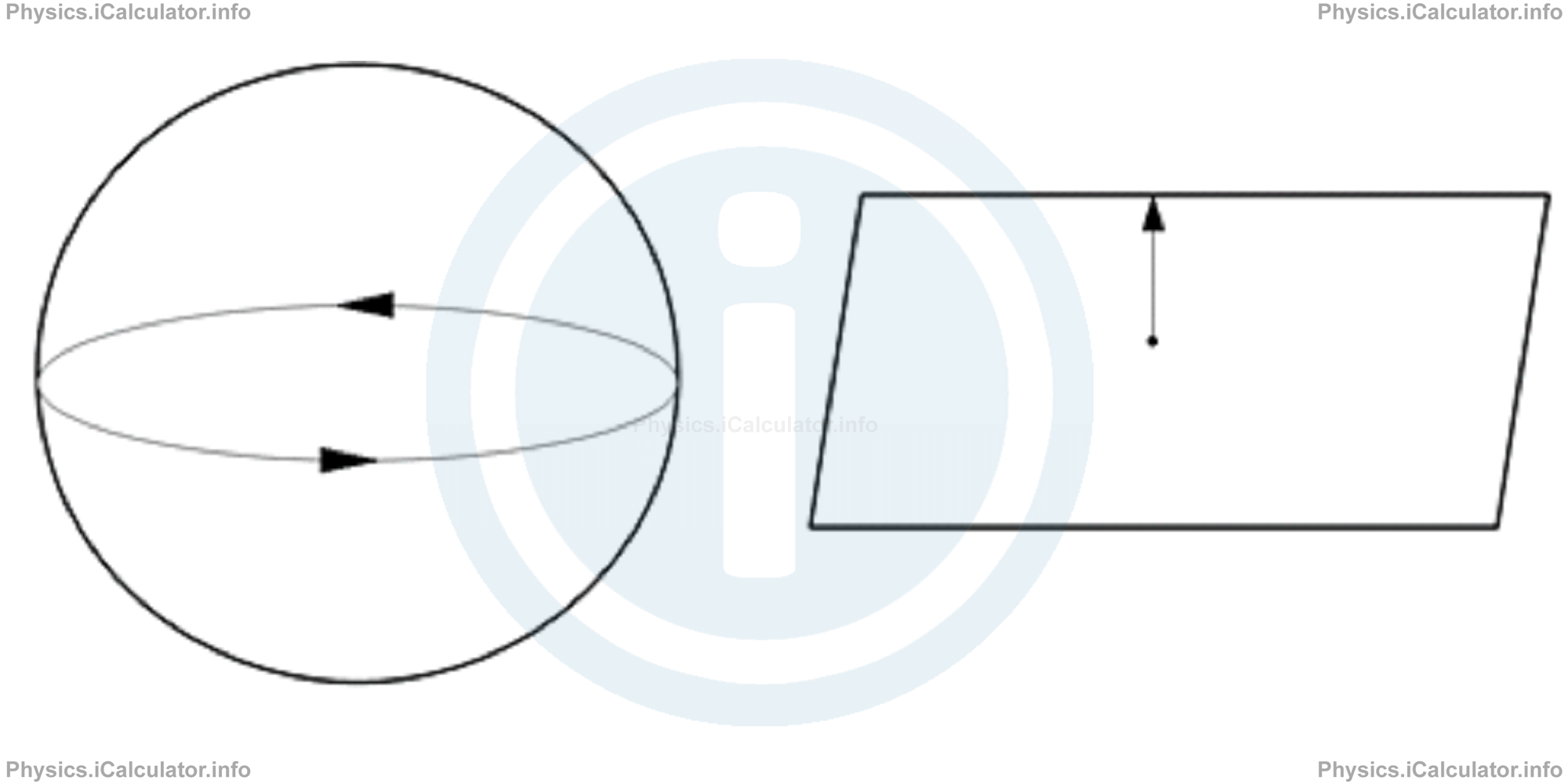Menu
Physics Lesson 22.9.1 - Is the Universe Finite or Infinite? Is it Static or Dynamic?
Please provide a rating, it takes seconds and helps us to keep this resource free for all to use
Welcome to our Physics lesson on Is the Universe Finite or Infinite? Is it Static or Dynamic?, this is the first lesson of our suite of physics lessons covering the topic of Expansion of the Universe, you can find links to the other lessons within this tutorial and access additional physics learning resources below this lesson.
Is the Universe Finite or Infinite? Is it Static or Dynamic?
Approximately three centuries ago, Newton introduced the idea that the Universe is made up by a very large number (pointing towards infinity) of stars (the concept of galaxies was not known at that time). Through the Universal Law of Gravitation, he tried to explain that, despite gravitational forces having an attractive nature, such a giant system of celestial bodies could be in equilibrium but only if we consider the universe as static and infinite. Otherwise, the stars located in the outer layer of the universe would be attracted by the stars in the inner layers and as a result, the universe would shrink. In other words, the condition of infinity excludes the existence of an outer layer of stars that is not in equilibrium. The figure below indicates that each star in the universe is equally attracted in all directions and as a result, it remains in equilibrium. In a certain sense, the geometry used by Newton to explain the Universe is a Euclidian one.

After discovering the General Theory of Relativity, Einstein reconsidered the concept of the Universe's equilibrium. He too supported the idea of a static Universe without a beginning and an end, remaining faithful to the approach other scientists before him had embraced. However, Einstein radically reformed the existing concept of infinity. He believed that the Universe contains enough matter to fill all space.
A sphere is a suitable example of closed space despite its surface being only two-dimensional. This is because when we move on the surface of a sphere, we will return to the starting point after completing a whole revolution. Hence, we say the surface of a sphere is a closed space unlike that of plane surface, in which we reach the edge of figure without having the possibility to go further, as shown in the figure below.

In short, both Newton and Einstein supported the idea of a static Universe. However, at the beginning of the 20th century, advancements in technology supported the study of the spectra of chemical elements in remote galaxies - a process that led to the conclusion that the Universe is not static but expanding. We will explain this concept in the following paragraphs.
You have reached the end of Physics lesson 22.9.1 Is the Universe Finite or Infinite? Is it Static or Dynamic?. There are 6 lessons in this physics tutorial covering Expansion of the Universe, you can access all the lessons from this tutorial below.
More Expansion of the Universe Lessons and Learning Resources
Whats next?
Enjoy the "Is the Universe Finite or Infinite? Is it Static or Dynamic?" physics lesson? People who liked the "Expansion of the Universe lesson found the following resources useful:
- Dynamics Feedback. Helps other - Leave a rating for this dynamics (see below)
- Cosmology Physics tutorial: Expansion of the Universe. Read the Expansion of the Universe physics tutorial and build your physics knowledge of Cosmology
- Cosmology Revision Notes: Expansion of the Universe. Print the notes so you can revise the key points covered in the physics tutorial for Expansion of the Universe
- Cosmology Practice Questions: Expansion of the Universe. Test and improve your knowledge of Expansion of the Universe with example questins and answers
- Check your calculations for Cosmology questions with our excellent Cosmology calculators which contain full equations and calculations clearly displayed line by line. See the Cosmology Calculators by iCalculator™ below.
- Continuing learning cosmology - read our next physics tutorial: Big Bang Model and Temperature
Help others Learning Physics just like you
Please provide a rating, it takes seconds and helps us to keep this resource free for all to use
We hope you found this Physics lesson "Expansion of the Universe" useful. If you did it would be great if you could spare the time to rate this physics lesson (simply click on the number of stars that match your assessment of this physics learning aide) and/or share on social media, this helps us identify popular tutorials and calculators and expand our free learning resources to support our users around the world have free access to expand their knowledge of physics and other disciplines.